The Cannes Film Festival this year quietly handed over its most heartfelt moment to two women who once defined Indian cinema’s golden age. Sharmila Tagore and Simi Garewal, both in their late 70s, walked the red carpet for the restored screening of Aranyer Din Ratri, Satyajit Ray’s 1970 film, now brought back to life in 4K. The screening was introduced by Wes Anderson, whose affection for Ray’s storytelling is no secret.
Anderson called the film a “forgotten treasure,” and watching the two original cast members return to celebrate it decades later turned it into more than just a screening but a living memory. “We’re the only ones left,” Sharmila said on stage, gesturing towards Simi, a comment that landed like a quiet tribute to a time now passed.
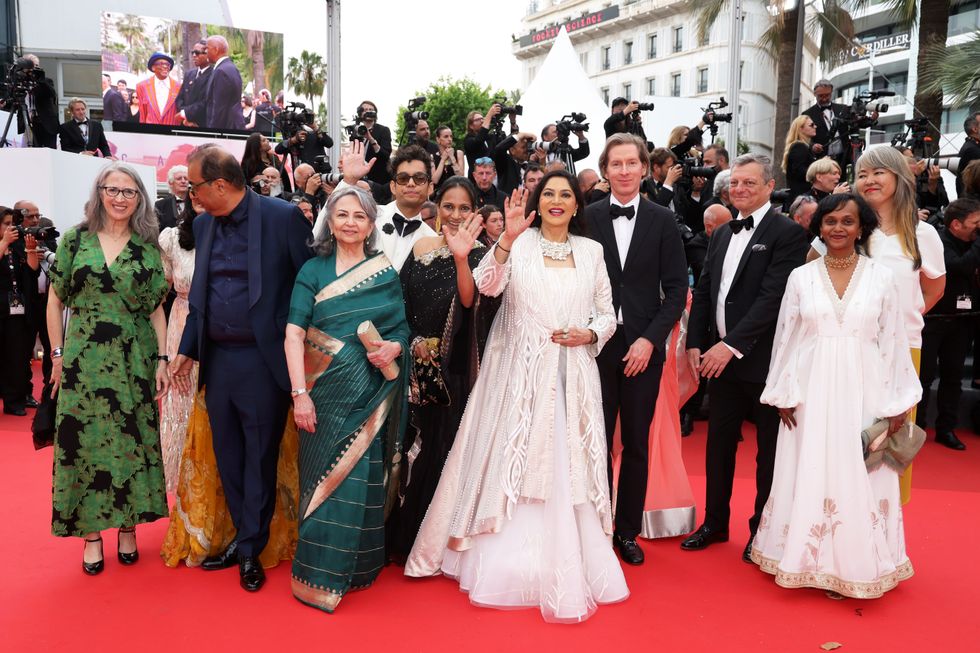
Originally based on a novel by Sunil Gangopadhyay, Aranyer Din Ratri tells the story of four city men seeking escape in the forests of Palamau. In the film, Sharmila played Aparna, an intelligent and reserved woman; Simi, in stark contrast, portrayed Duli, a spirited tribal girl. The characters’ contrasts mirrored the wide social and emotional gaps Ray explored between urban and rural, class and identity, tradition and change.
The film’s revival was made possible through a six-year collaboration led by The Film Foundation, founded by Martin Scorsese, Film Heritage Foundation, Janus Films, and The Criterion Collection. Original film negatives were used, with cooperation from the family of producer Purnima Dutta.
- YouTubeyoutu.be
Sharmila’s presence at Cannes also sparked renewed interest in her life beyond the spotlight. A 2021 video of her son Saif Ali Khan resurfaced, where he spoke of her habit of fixing and preserving everything, from old household items to the sprawling Pataudi Palace, which she helped restore. “She runs a home like a finishing school,” he said. “Even the staff trained under her get poached by neighbours.”
Her recent return to Bengali cinema in Puratawn with Rituparna Sengupta signals that her artistry isn’t a thing of the past. It’s ongoing, evolving, but always rooted in grace.
As the Cannes audience applauded the restored film, it wasn’t just nostalgia they were applauding. It was memory, legacy, and the quiet power of those who’ve never needed to shout to leave an impression.
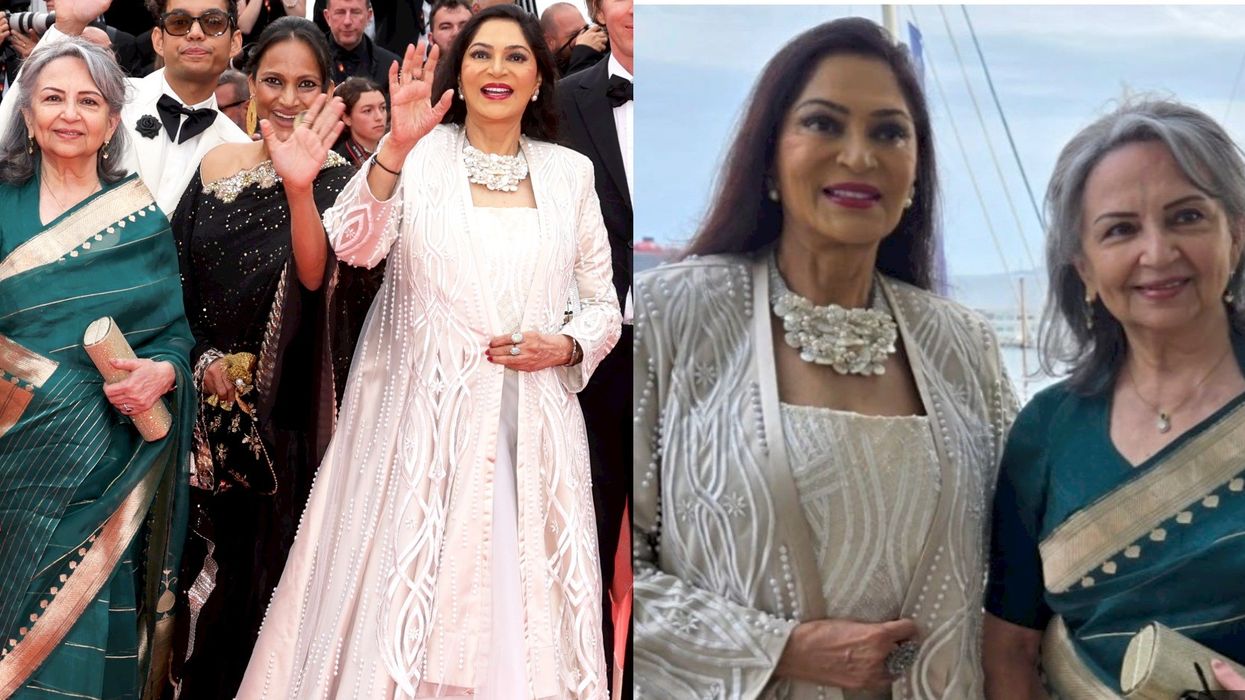

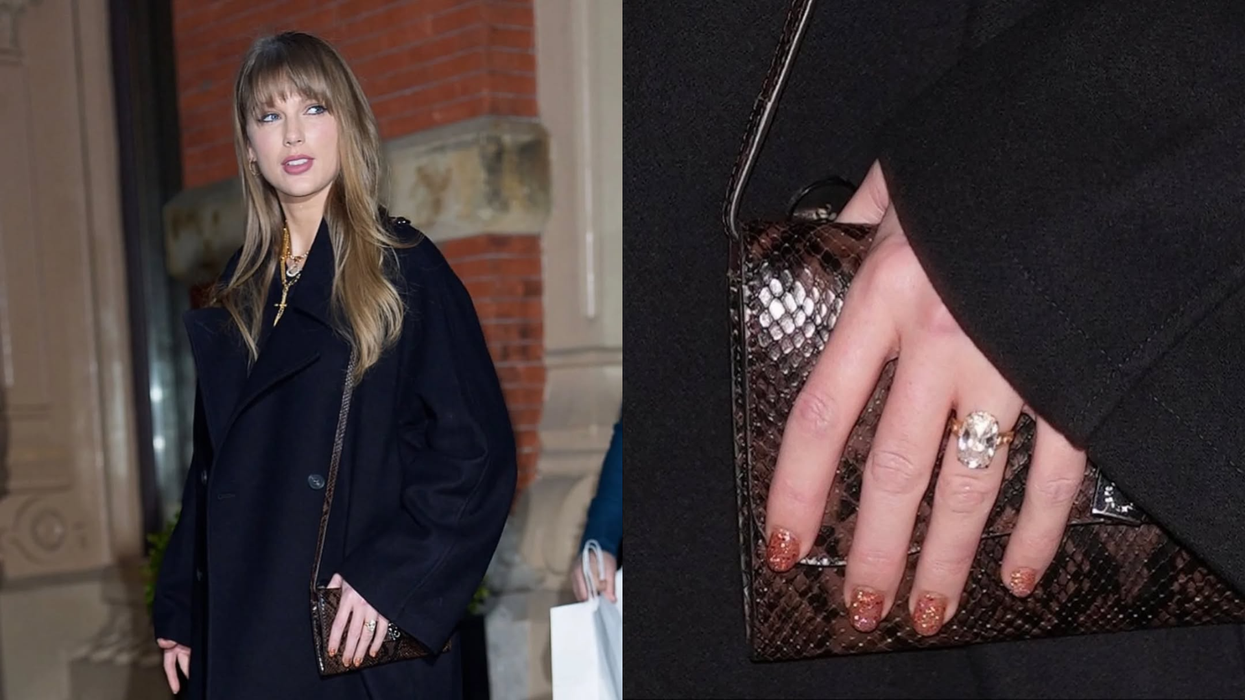
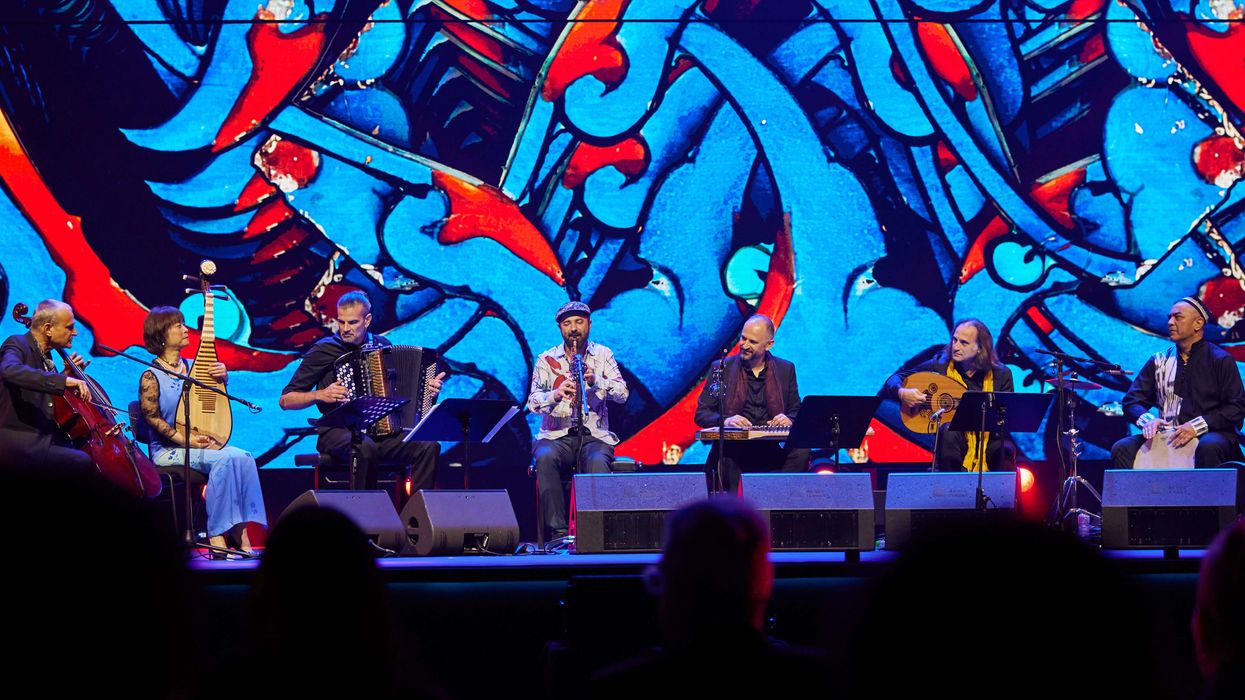
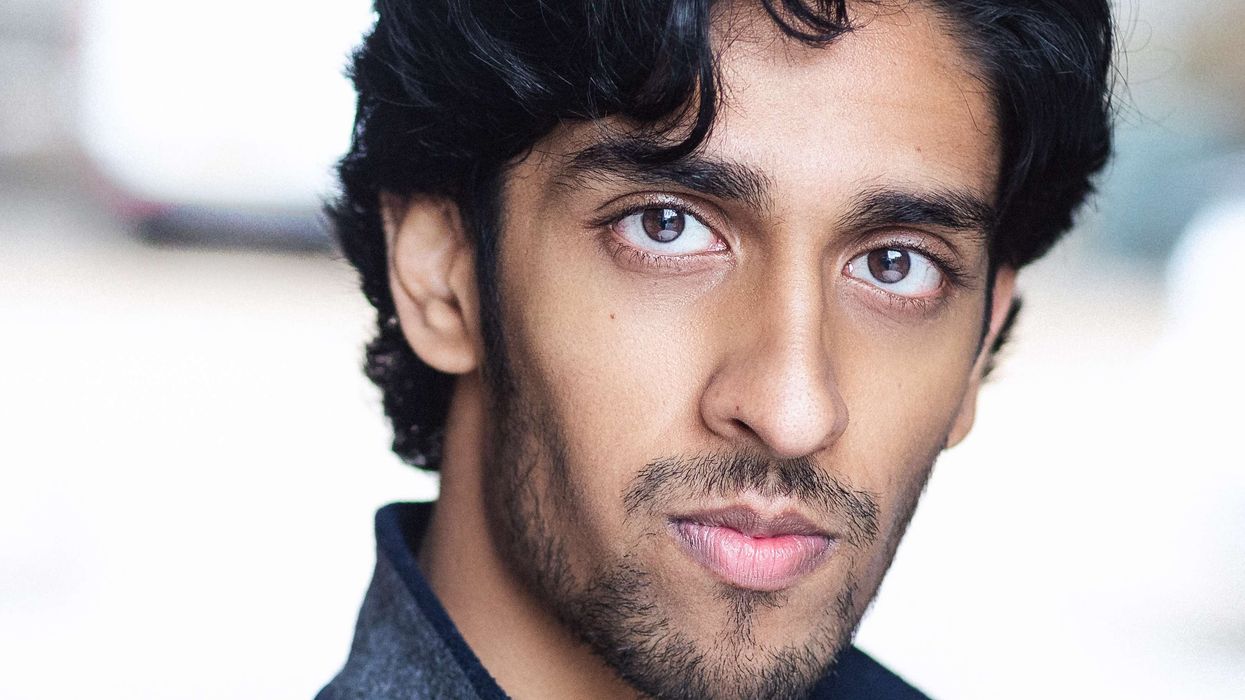
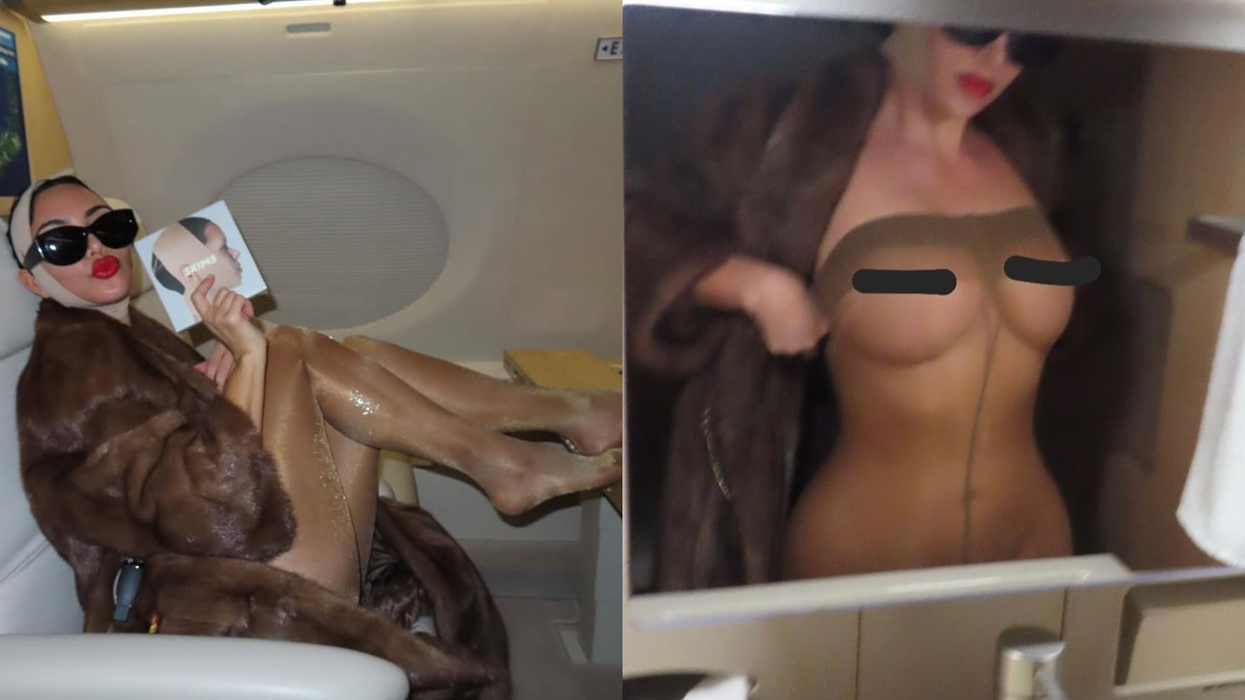
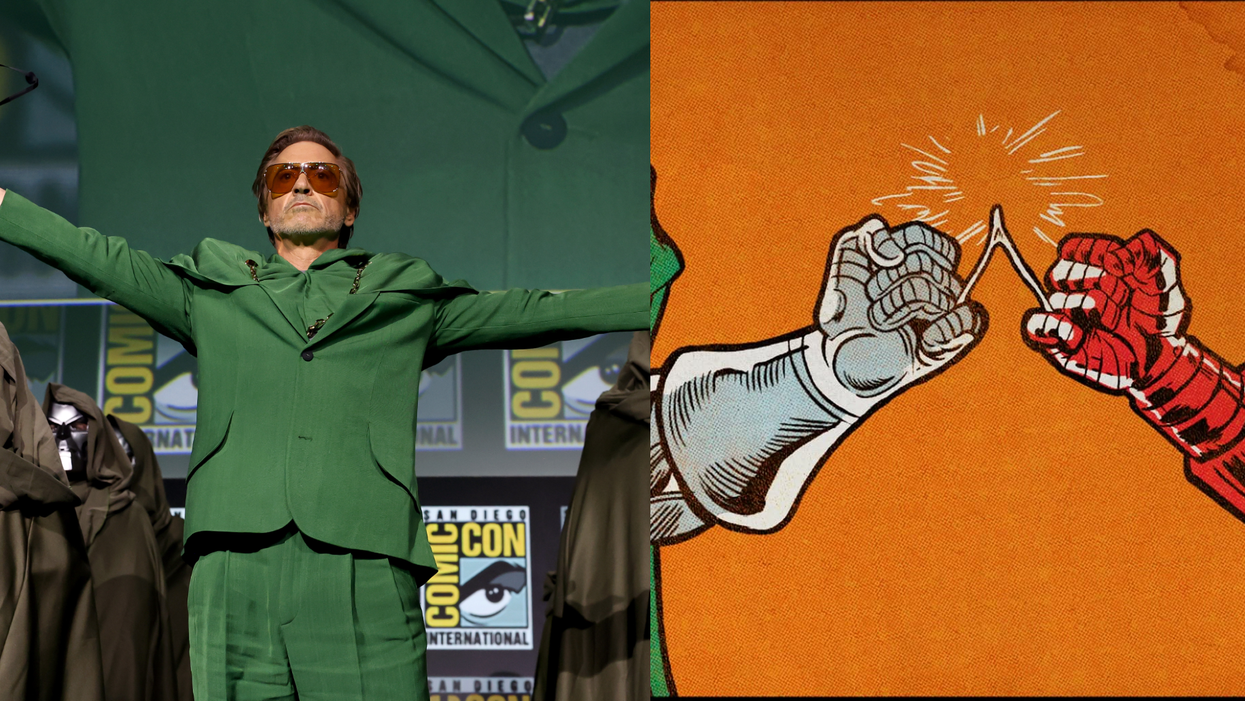
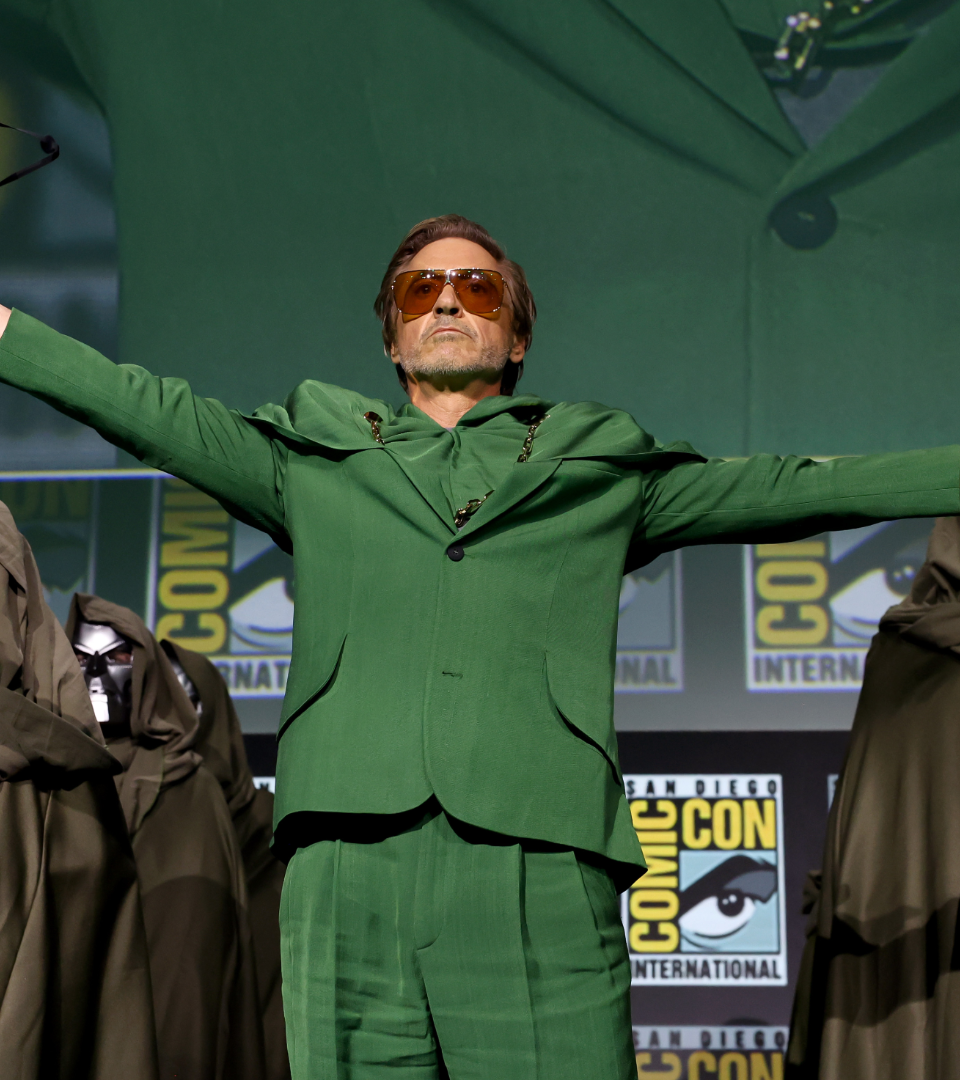 Robert Downey Jr’s new 'Avengers: Doomsday' tease puts Iron Man back in play and fans sense a twist Instagram/robertdowneyjr
Robert Downey Jr’s new 'Avengers: Doomsday' tease puts Iron Man back in play and fans sense a twist Instagram/robertdowneyjr 






